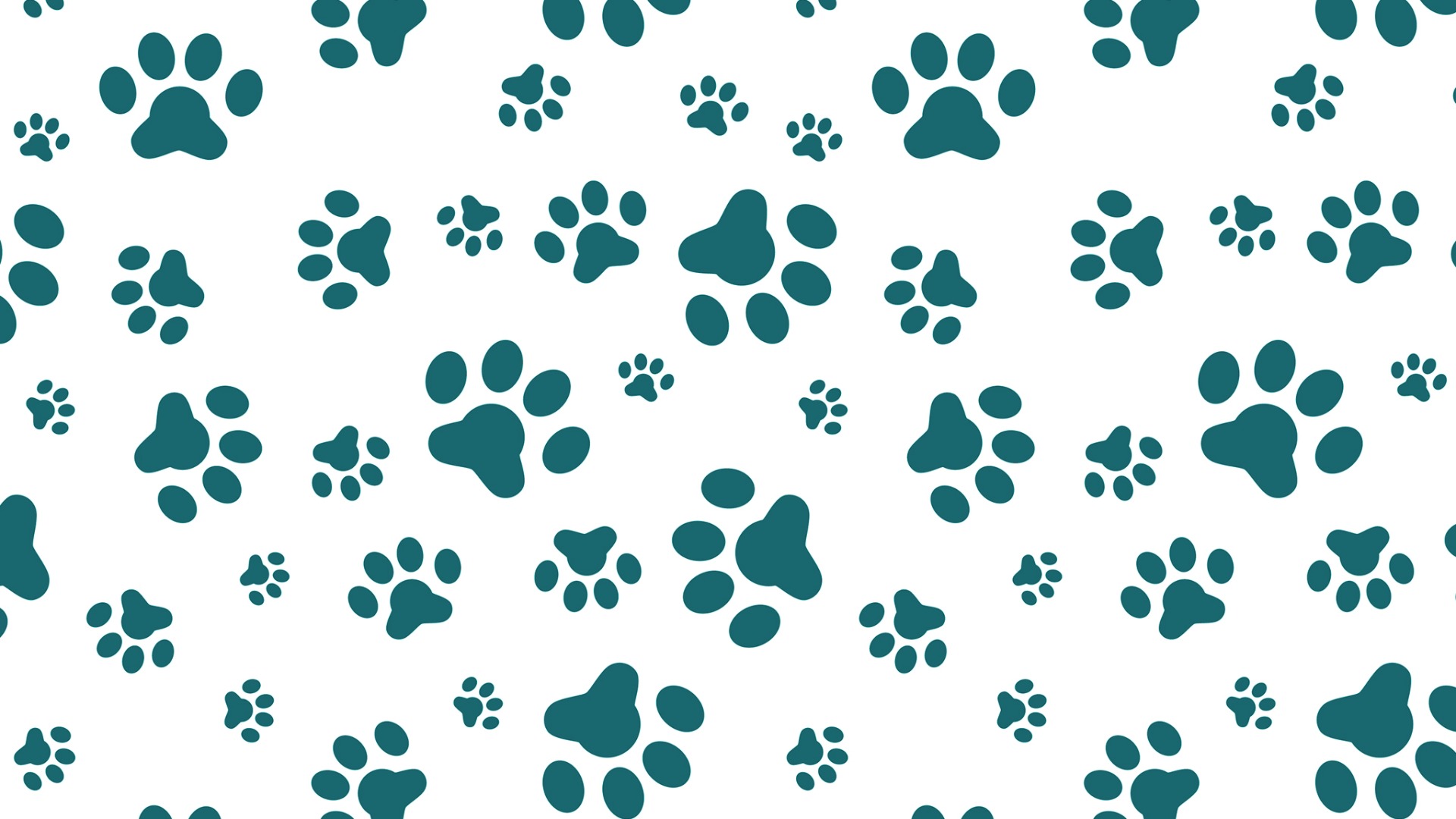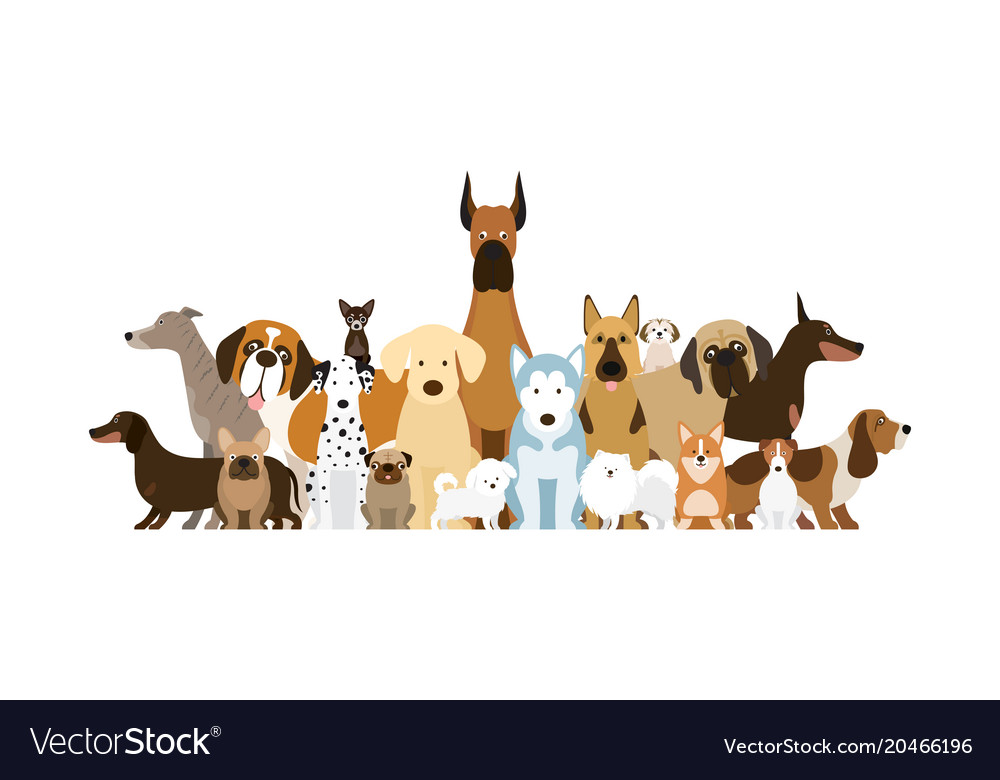Dog Series Part #2: Kelpies
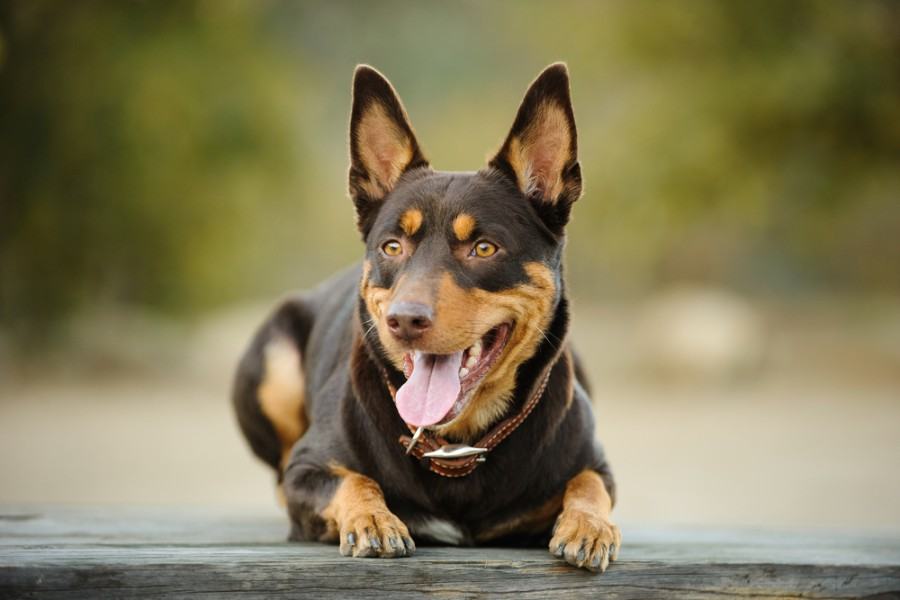
A bit about them
A hard working and endlessly energetic breed of working dog.
Kelpies are a well known working dog breed in Australia and can be found on most farms where cattle and sheep need herding.
"Properly trained, a man can be dog's best friend" - Corey Ford
Common name
The name of this
breed comes from the first of its kind.
The first 'Kelpie' was named Kelpie, in
reference to the Celtic mythical creature, a Kelpie.
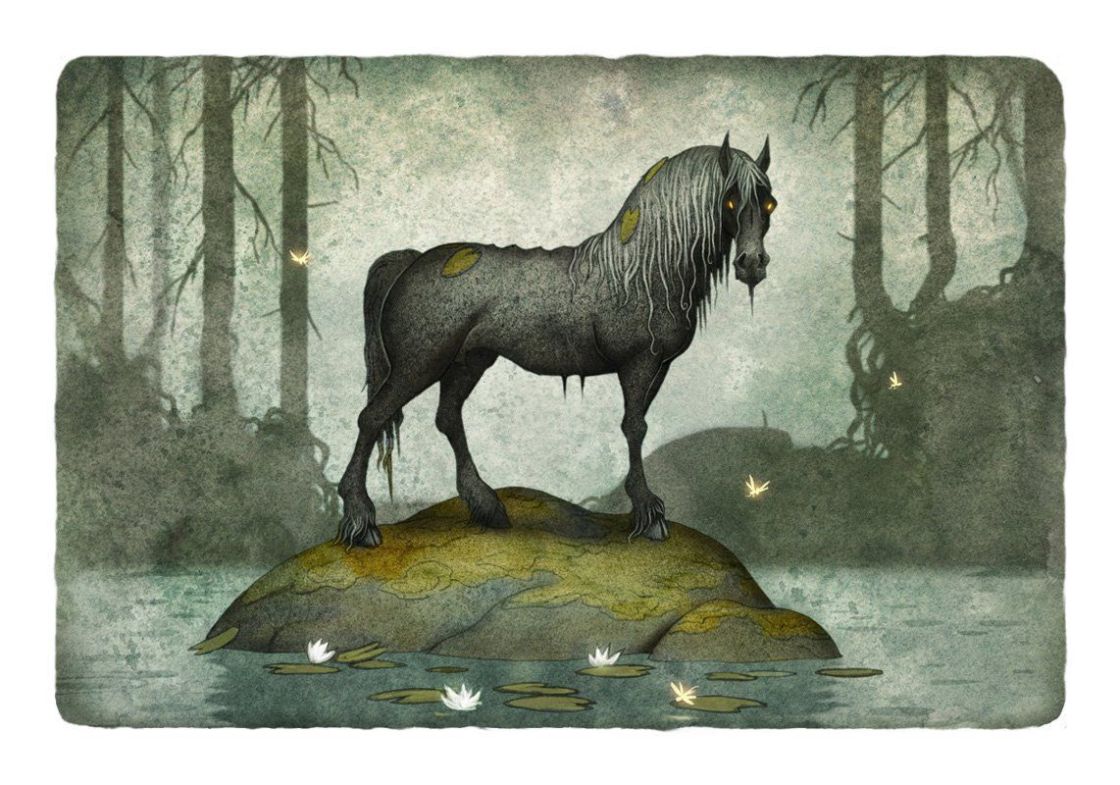
While I won't go
into the lore of mythical creatures here, mythical Kelpies often appeared as
horses, but were said to be at least 10 times stronger.
This possibly relating
to the dog Kelpies work commitment and consequence naming of the breed.
Appearance:
Weight:
Coming in at 10-20kg, they can be quite light and nimble dogs.
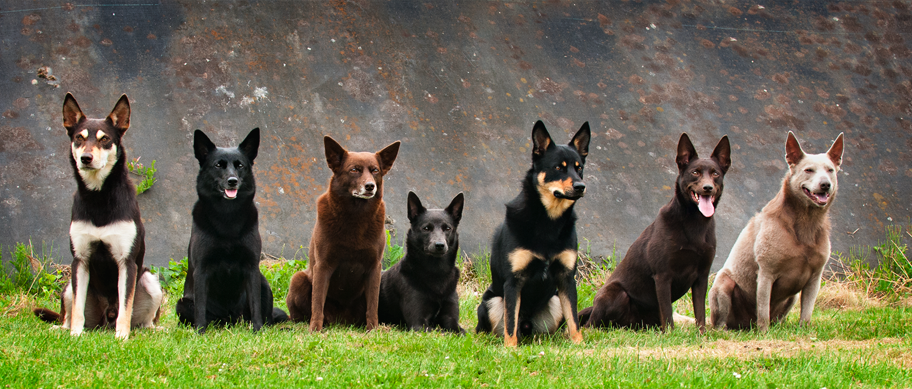
Slender, muscley and athletic, this breed likes to work and be active a lot and this shows in their physique.
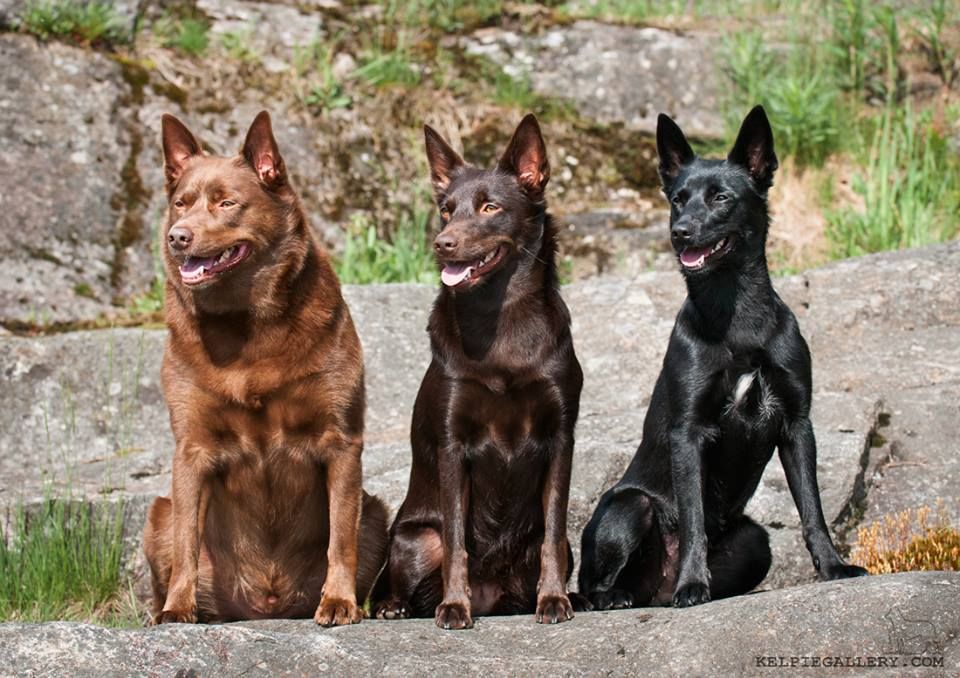
Lifespan
From 10 to 15 years.
History
Kelpies are well
considered to be closely descended from an early version of British working
collies.
Distinct from Border Collies, as Kelpies were considered a breed 10-15
years before Border collies were.
(The first Border collie brought to Australia
in 1901 was called 'Hindhope Jed')
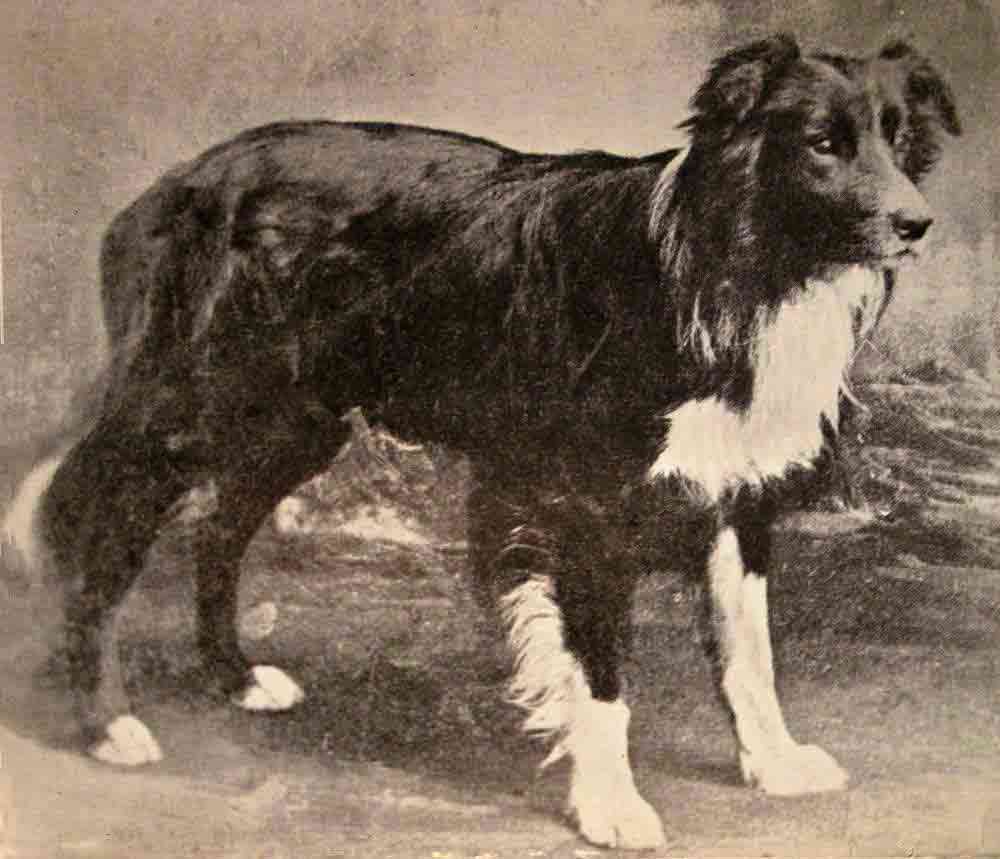
Casterton erected a bronze statue of a Kelpie out the front of its Town Hall in 1996 to commemorate its 150th anniversary. In 1997 a working dog auction was held in Casterton and each year after that, to the point which by 2001 the annual event became known as the Casterton Kelpie Festival. The Event is held in June for anyone interested in checking it out!
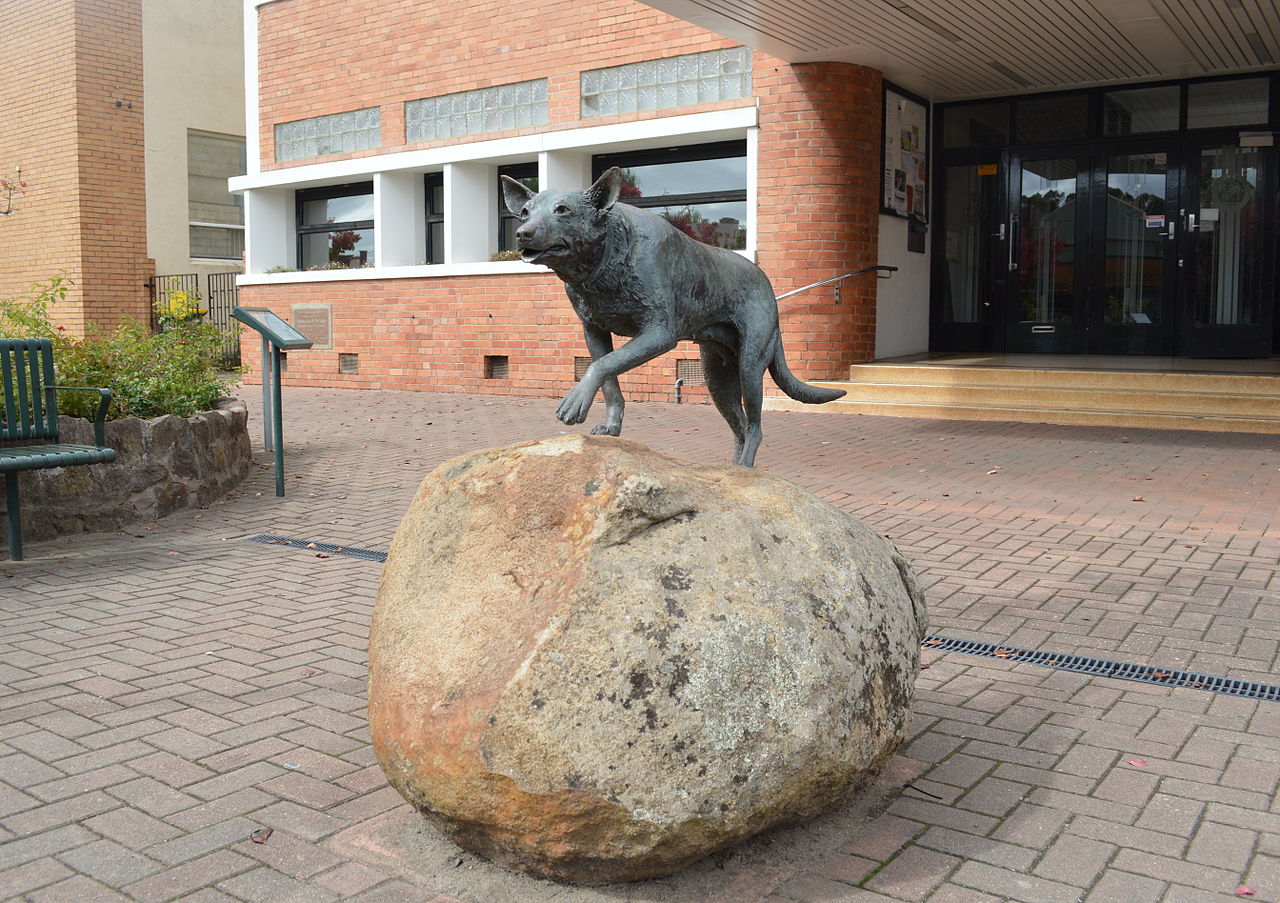
This first Kelpie
was named 'Kelpie' and her offspring were called variations of 'Kelpie',
helping solidify the breed name. The breed quickly became very popular
throughout Australia to herd sheep, giving the new breed a population boom.
Bench kelpies are like evolution in reverse, they are generally a bit heavier built and shorter than their working counterparts, which also ties to their decreased work attitude. This sub-breed is slowly being bred to become a more household friendly version, with all the looks of a working Kelpie, but with less demand for physical and intellectual stimulation.
Compare the 'Working Kelpie' to the 'Bench Kelpie' below.
Kelpies are now
found all over the world for varying purposes, in Sweden in
particular they are used as successful sniffer dogs.
They often feature in agility contests because of their easy trainability, being some of the fiercest competitors.
Being able to jump up to 3m high walls, they are hard to contend with.
Temperament
Kelpies are extremely active dogs coupled with very high intelligence. This rare combination makes them tireless and diligent working dogs. Farm life for this breed is the way to go.
If not adequately
stimulated however, a Kelpies high intelligence and energy can allow them to
become destructive and mischievous in ways you may not have thought possible
for a dog.
If you have smaller pets as well, you may easily find them being rounded up by your Kelpie!
Their coat is double layered, making them whether resistant, however can lead to a lot of shedding year round. Nothing a weekly brush won't fix!
Common ailments
Red Dog!
Red Dog, from the movie Red Dog, is a Kelpie!
So if you need further reference of what a Kelpie looks like, or just feel like enjoying a good movie, go watch Red Dog.
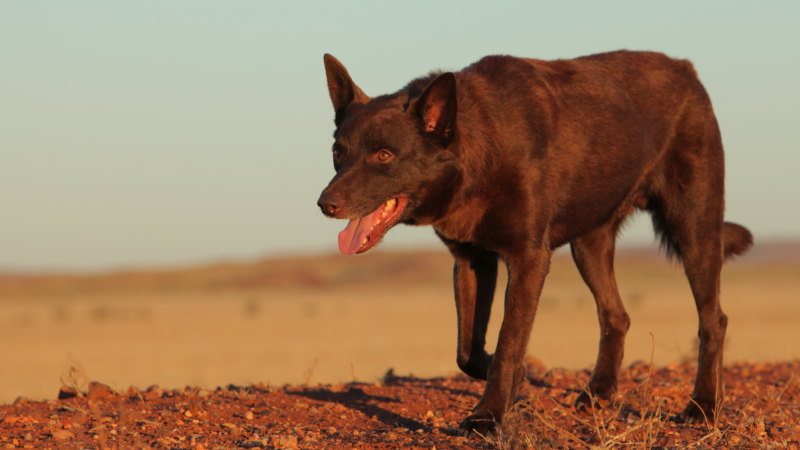
Bibliography
https://www.akc.org/dog-breeds/australian-kelpie/
https://www.purina.com.au/en/dogs/breeds/australian-kelpie#.YIulg7UzaUk
https://en.wikipedia.org/wiki/Australian_Kelpie
https://www.pawshake.com.au/blog/kelpie-dog-breed-information#:~:text=Kelpie%20Background,sheepdogs%20and%20even%20wild%20dingos.
https://dogtime.com/dog-breeds/australian-kelpie#/slide/1
https://www.petbarn.com.au/petspot/dog/dog-breeds/kelpie/
